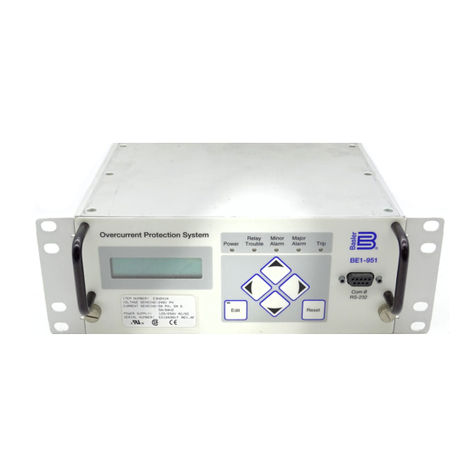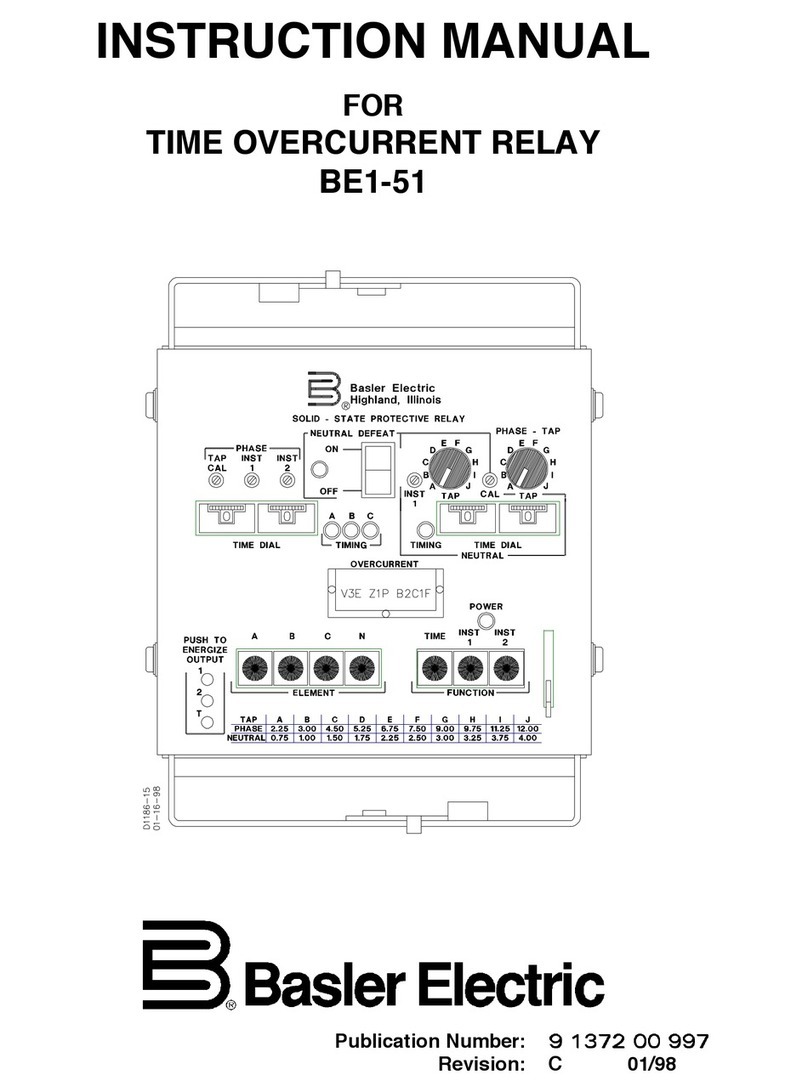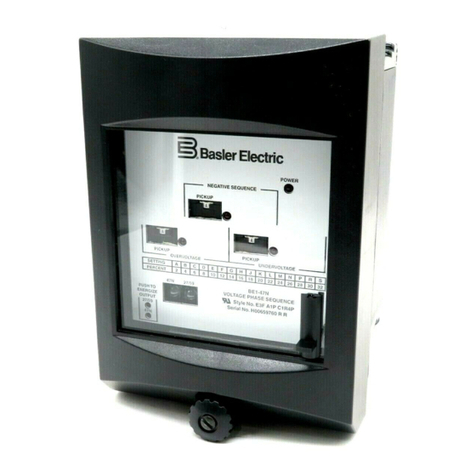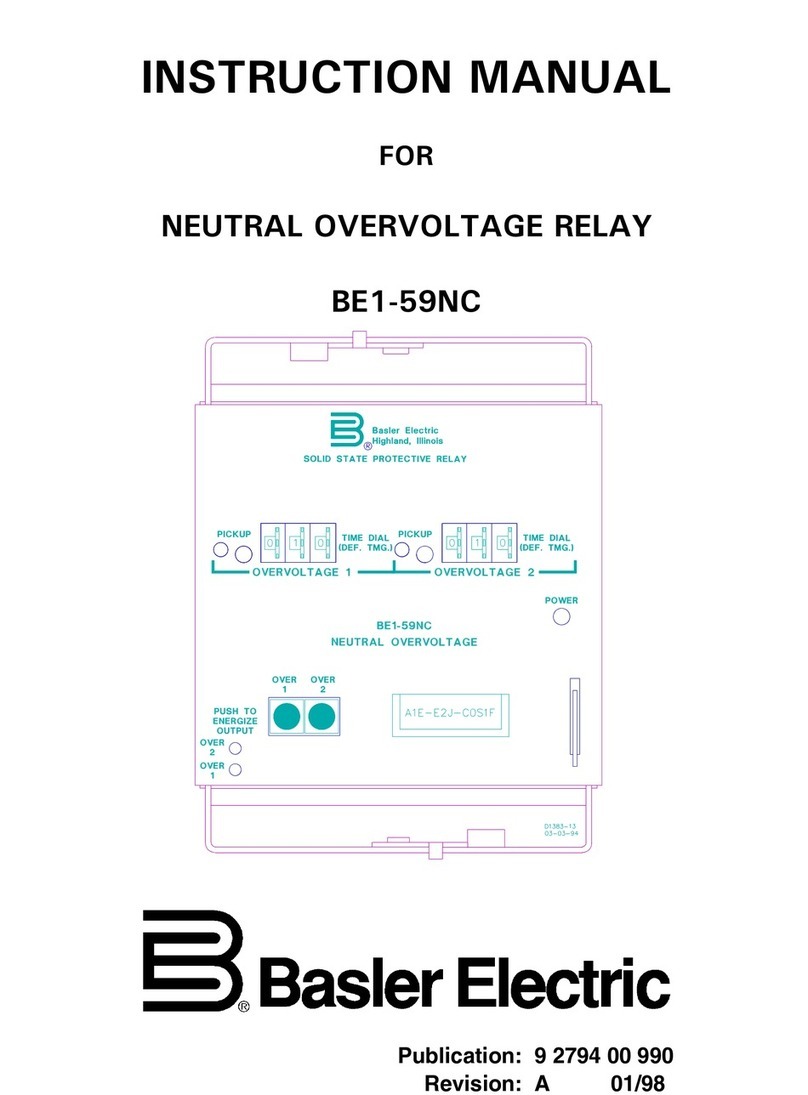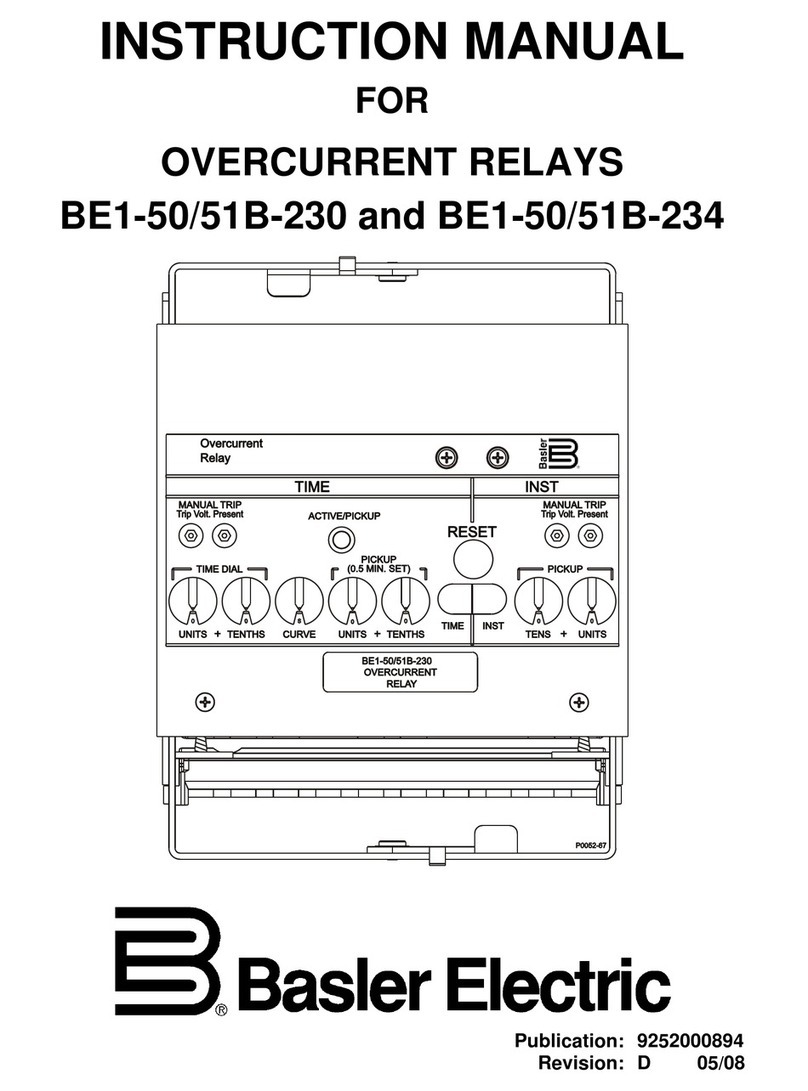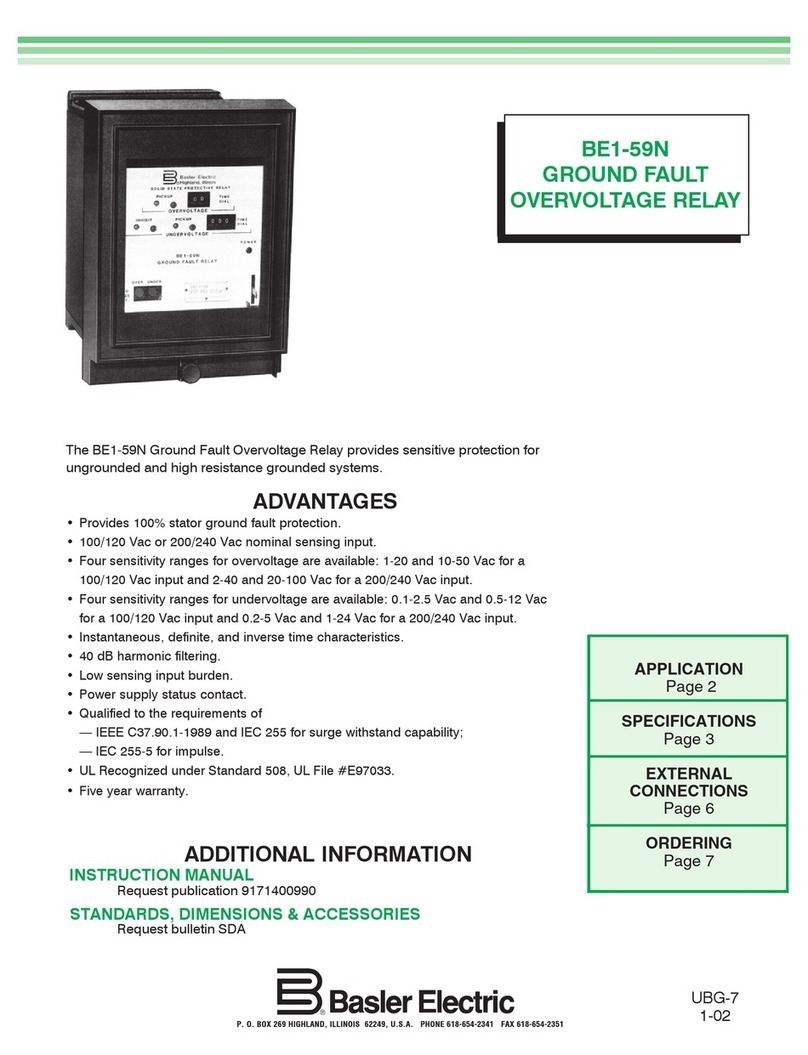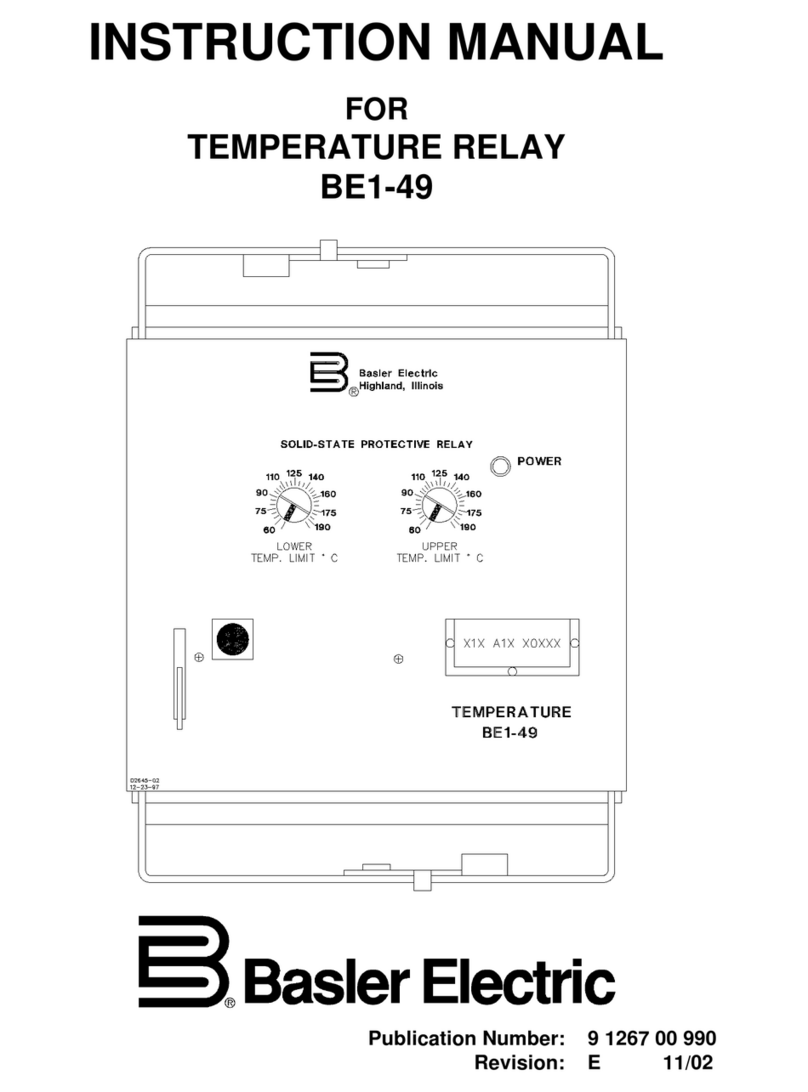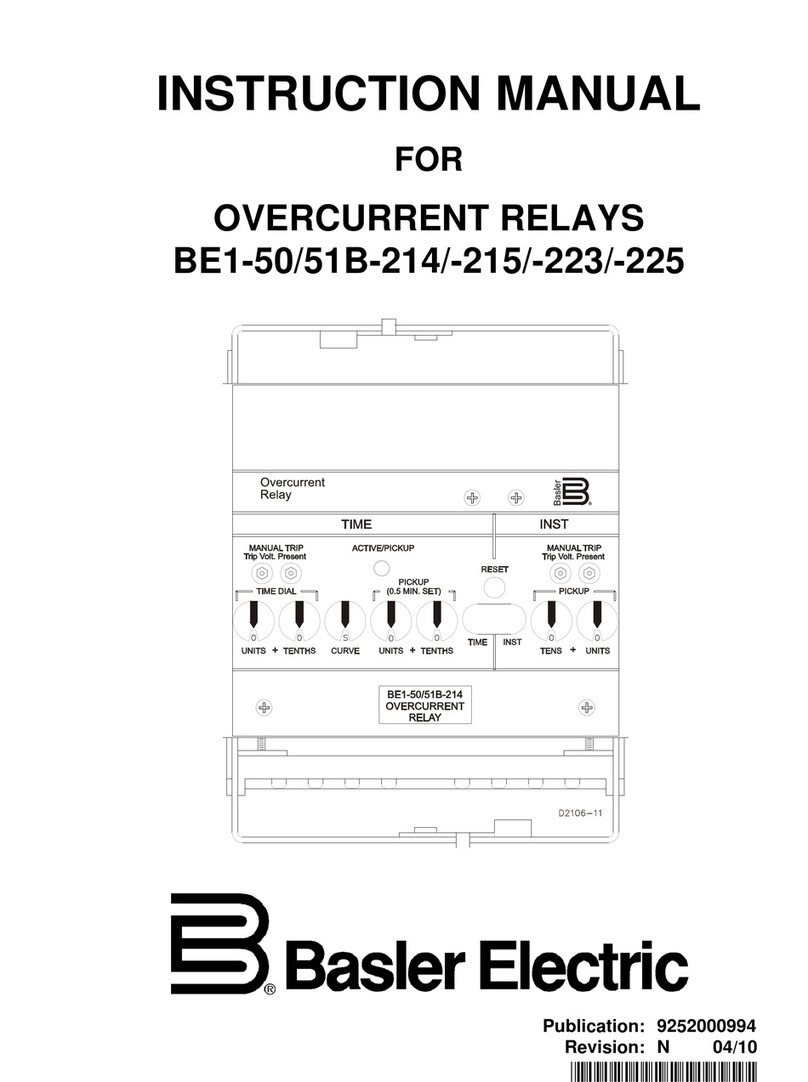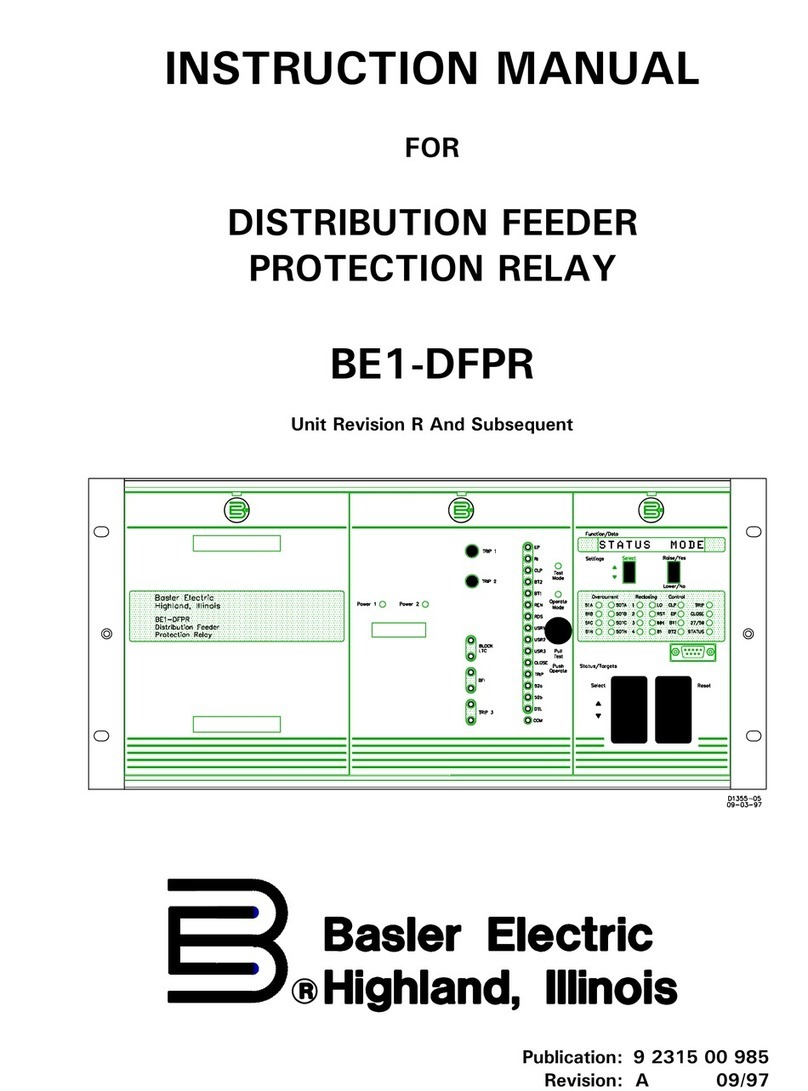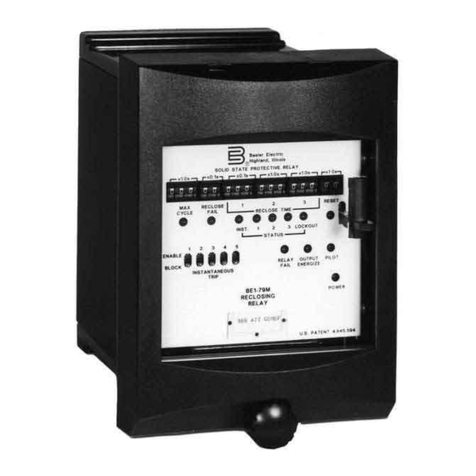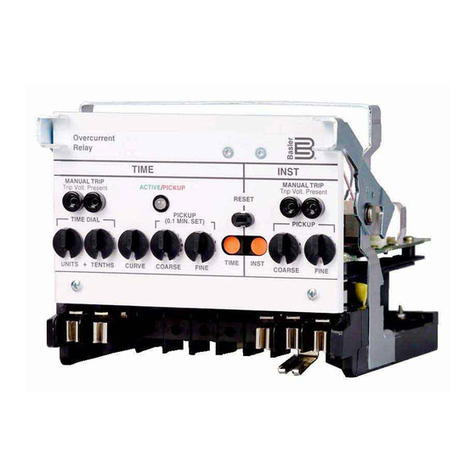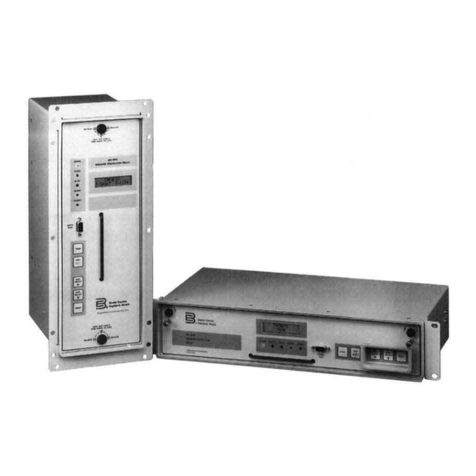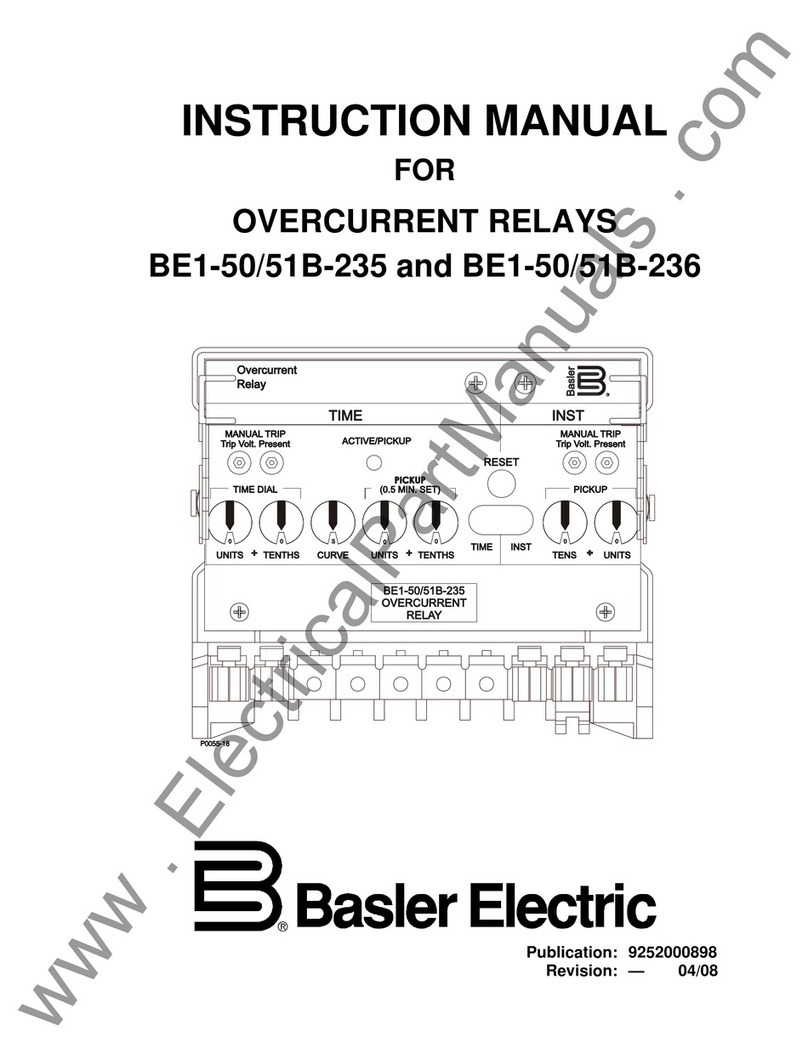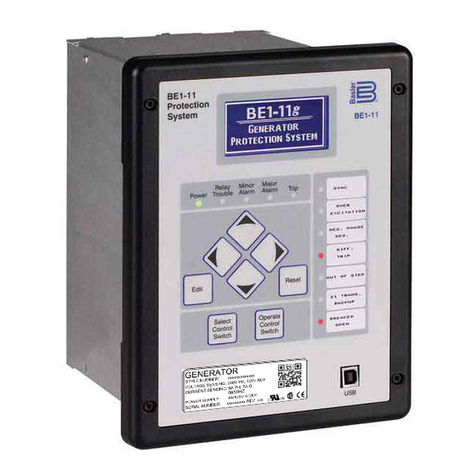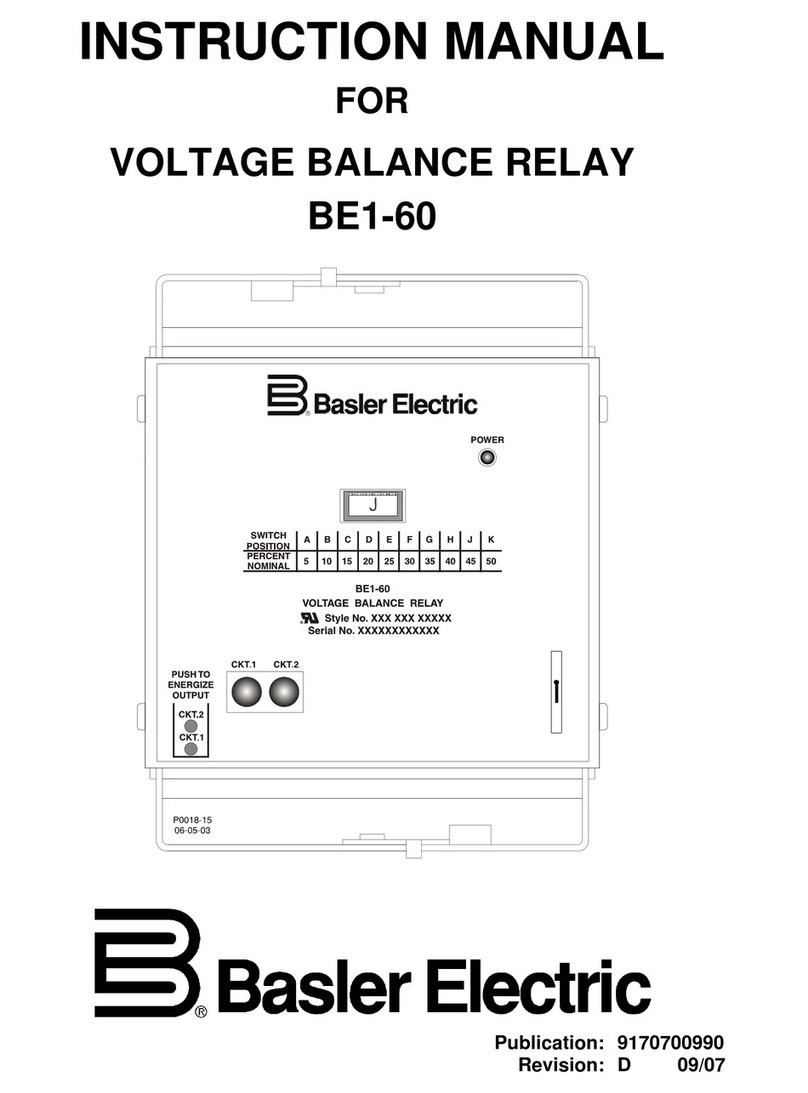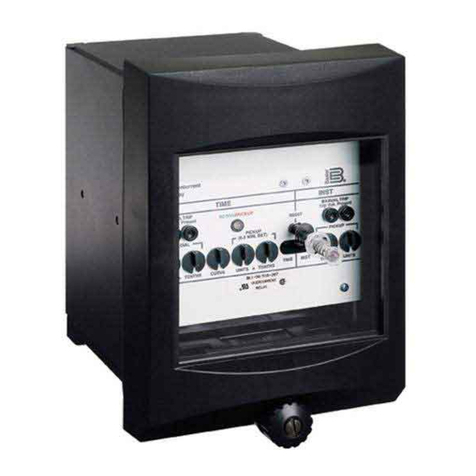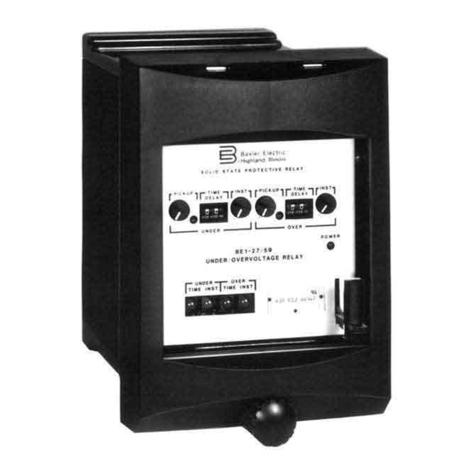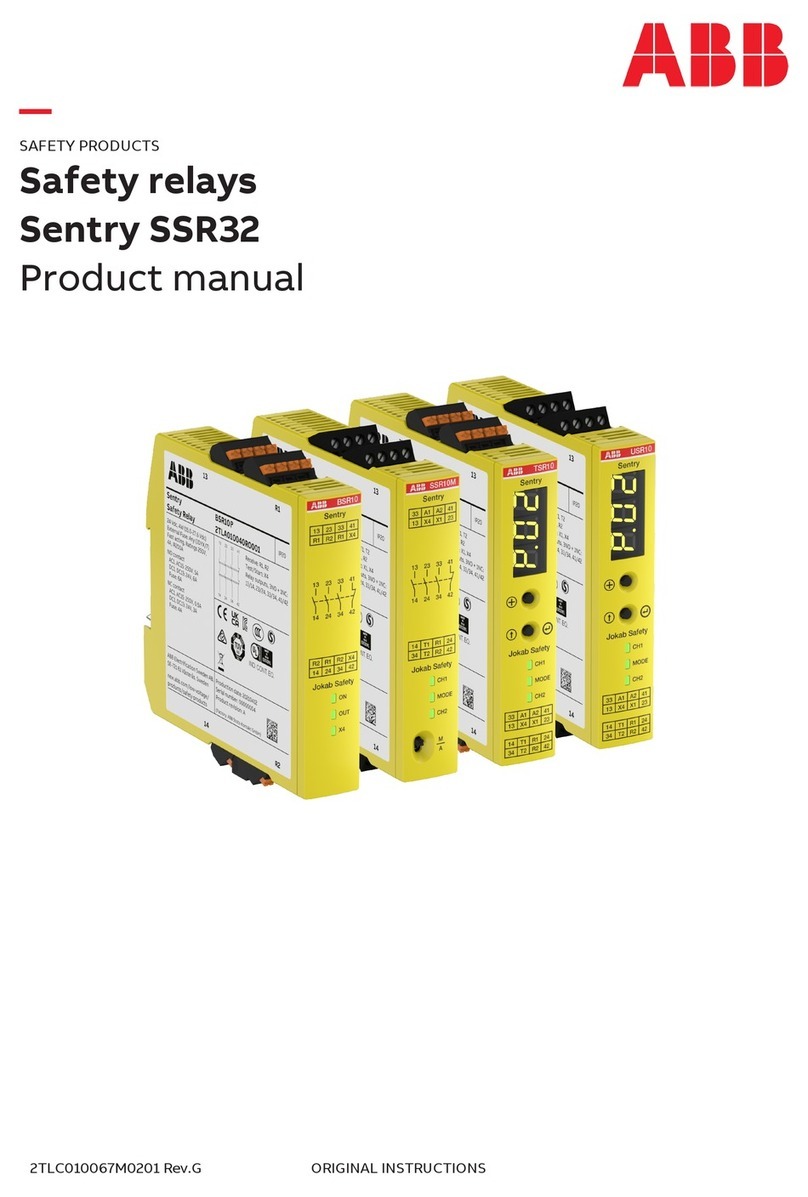
vi Introduction
CONTENTS(Continued)
SECTION 4 •COMMUNICATION .................................................... 4-1
GENERAL ....................................................... 4-1
ASCII COMMAND FORMAT ........................................ 4-1
Command Format:<CMD>[<;>CMD... ]<CR>[<LF>] .................. 4-1
Command Response Format : [<RESPONSE>][<ACK>] ............... 4-1
COMMAND DESCRIPTIONS ........................................ 4-2
Changing Settings Through The Serial Port .......................... 4-2
Access And Exit Commands ..................................... 4-2
Obtaining HELP Information Through The Serial Port .................. 4-3
Obtaining A Summary Of All Settings ............................... 4-3
Reclose And Reset Timer Setting Command ......................... 4-4
Lockout Timer Setting Command .................................. 4-4
RS Contact Setting Command .................................... 4-4
Alarm Output Command ......................................... 4-5
Relay Information Command ..................................... 4-5
SECTION 5 •INSTALLATION ....................................................... 5-1
GENERAL ....................................................... 5-1
MOUNTING ..................................................... 5-1
CONNECTIONS .................................................. 5-1
APPLICATION ................................................... 5-1
Style Configuration Switches ..................................... 5-1
Instantaneous Reclose Jumper Switch .............................. 5-1
Motor Input Voltage ............................................ 5-7
Contact Sensing Inputs ......................................... 5-7
Timing Cams ................................................. 5-8
Fault Clearing ................................................. 5-8
RS Contact ................................................... 5-8
Alarm Output ................................................. 5-8
Reset Switch ................................................. 5-8
COMMUNICATION CONNECTIONS AND SETTINGS .................... 5-9
Communication Connector ....................................... 5-9
Communication Settings ......................................... 5-9
RELAY INSTALLATION ........................................... 5-10
SECTION 6 •TESTING ............................................................ 6-1
INTRODUCTION ................................................. 6-1
INSTANTANEOUS RECLOSE TESTING ............................... 6-1
ACR11A Style Testing .......................................... 6-1
ACR11B Style Testing .......................................... 6-1
ACR11A and ACR11B Style Testing ............................... 6-1
DELAYED RECLOSE TESTING ..................................... 6-2
ACR11A Style Testing .......................................... 6-2
ACR11B Style Testing .......................................... 6-2
ACR11A and ACR11B Style Testing ............................... 6-2
POWER HOLDUP CIRCUIT TESTING ................................ 6-5
Part Number 9 3102 00 101 Relays ................................ 6-5
SECTION 7 MAINTENANCE .................................................. 7-1
